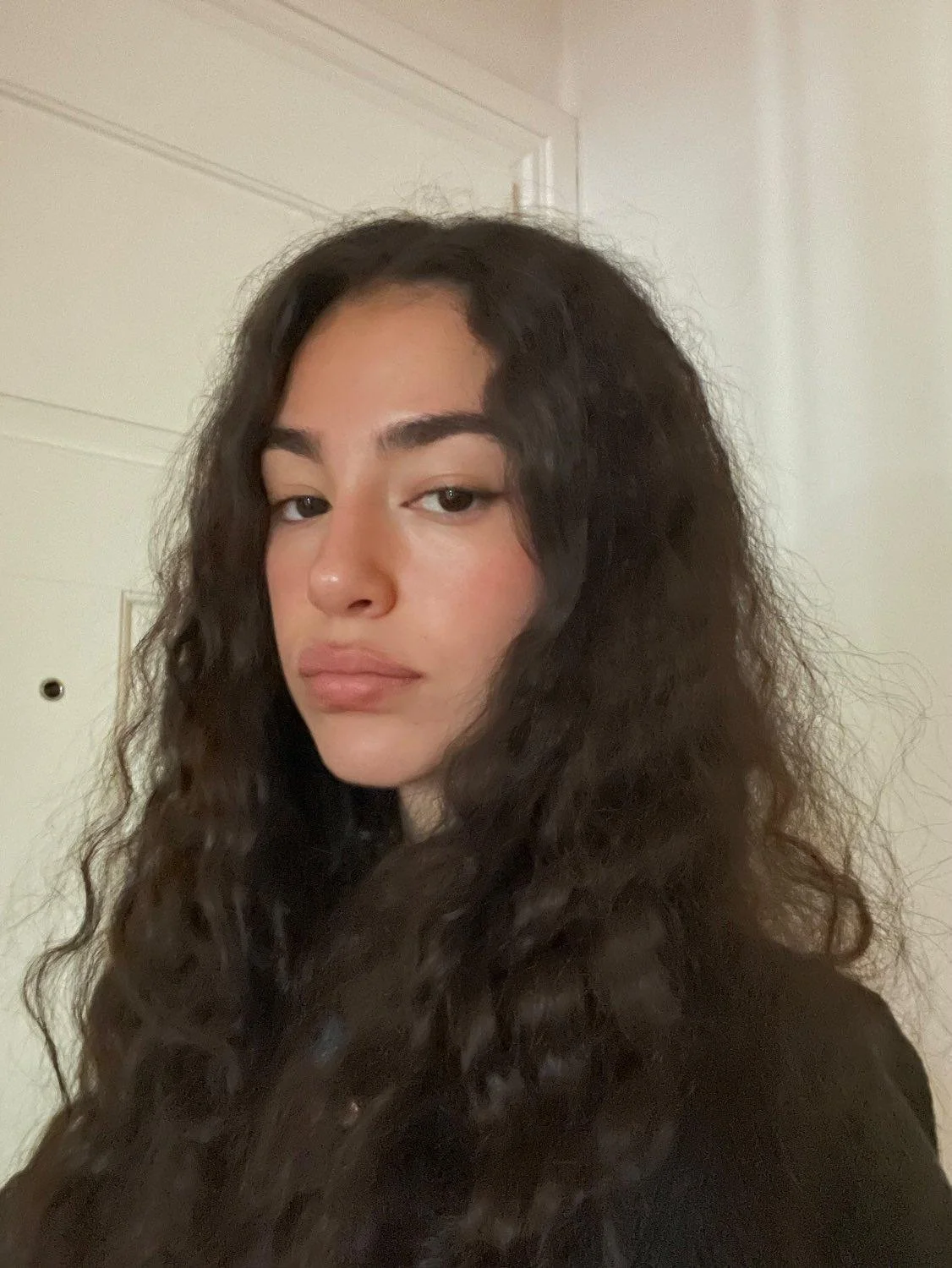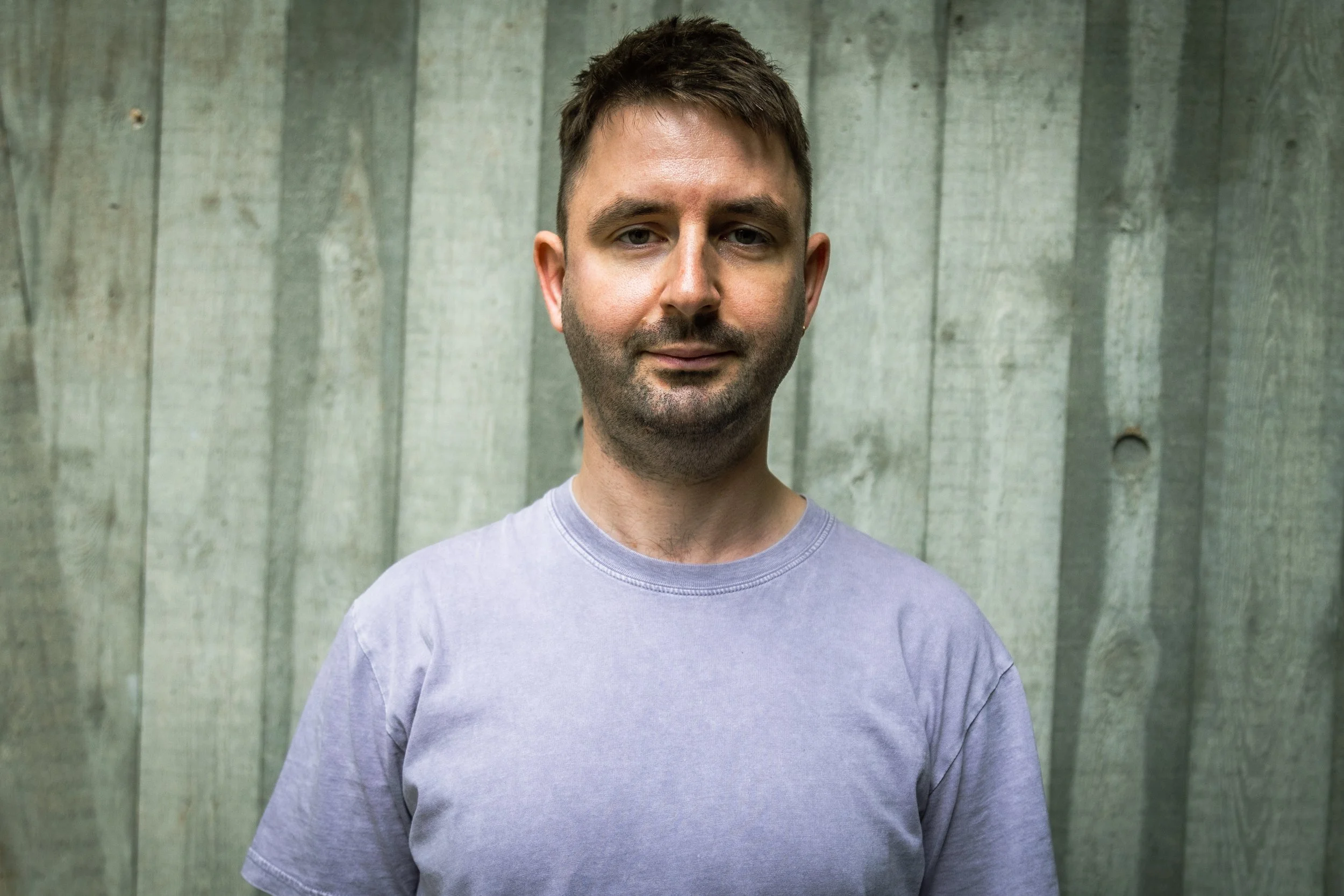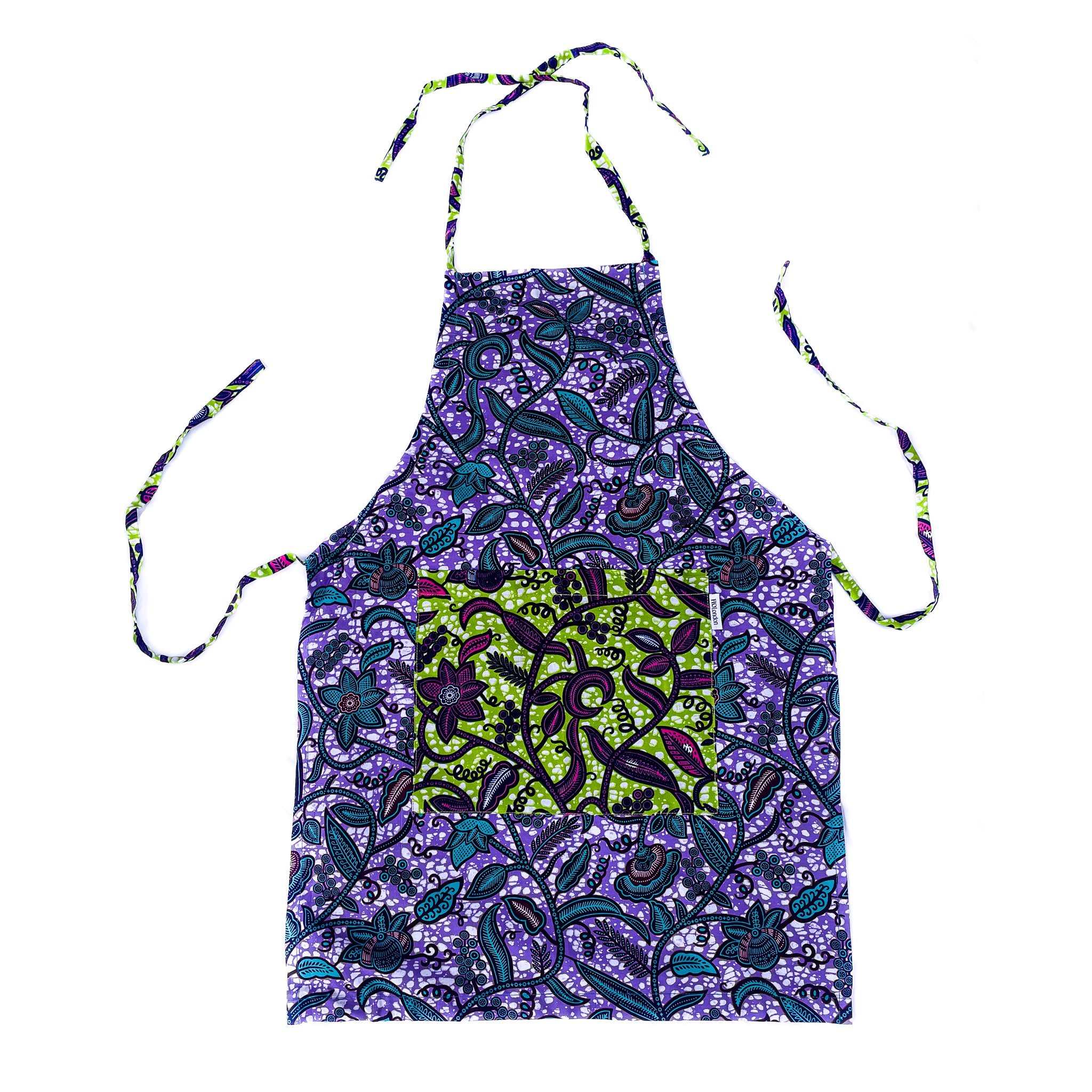In conversation with Soojin Kang
“My work speaks with emotion. The surfaces I weave, the positive and negative space that becomes the forms that I create…”
- Soojin Kang
Image: Soojin Kang. © Markus Schroder
Soojin Kang is a Korean artist now based in Germany, whose practice is based on the exploration of textiles as a sculptural medium. Using the ritualistic actions of weaving, knotting, winding and unwinding, she transubstantiates raw materials into structures that retain unmistakeable traces of their biotic origins through rough surfaces and natural dyes. Alongside this palpable attachment to the natural landscape is an implication of mutation, as Kang experiments with the evocative power of fibre to entangle the organic and the bodily with something other-than-natural.
How did you begin your journey into art?
In Korea I spent time making illustrations, but I wanted to work on my English, and so I travelled to London. Whilst studying English in Exeter, I was introduced to an art foundation course, which I felt would offer the best opportunity to learn the language. I went on to study fashion where I was working with stitched and knitted fabrics. It was observed at the time that my work was more sculptural, and that I should consider studying art. I resisted this however and went on to study fashion at Central St Martins. I was offered several jobs within fashion, but I was also asked to create fabric for some bespoke designed furniture, and this was particularly successful, eventually being displayed at the Milan and London Design Week. I enjoyed the exhibition process so much, that it occurred to me to reconsider making art.
How would you describe your artistic style?
I’m not sure I would call it a style, that doesn’t suit me particularly. It is a process that I undertake, the process exists in a period of time, where I end up is very much a consequence of the journey I take. It can be orientated by the colours I extract from making the dyes, the characteristics the materials reveal as I encounter them. It is quite intuitive, even automotive at times.
What we might consider contemporary art in London, hadn’t existed in Korean culture until more recently. Personal expressions was woven into more traditional, perhaps craft-based processes. Whilst I was a little reticent about this at first, I’ve come to be at peace with, and recognise those cultural influence in myself. These activities exist in all cultures, so perhaps it is universal too.
What messages and themes do you try to communicate in your work and how has this evolved over the years?
The work retains the life that was lived in and around the making process, the emotions I felt whilst steeping the yarn, welding the metals or weaving the fabric, the interruption by one of the children, even the music or background sounds that I heard whilst making - all are captured. For me the works are very temporal in that regard. The forms are familiar to me, the human forms in the new body of work, the hands, legs, heads and arms, are familiar to me. They are those of my husband, my children, my parents. Whilst I experience the work in this way, I hope that the work refers the viewer to their own experiences, recollections of their life, human bodies that they are familiar with, their children, their fathers, husbands or sons. My work then exists in the mind, it refers you to you.
The current body of work feels like a large step in my career, like my work has been evolving to this moment. Whether in fashion or the making of furniture-based works, I realise that I have been working at human scale. I’ve referred to the presence of the human body, but until recently, I haven’t explicitly depicted the human body.
Image: Soojin Kang, To Be You, Whoever You Are, 2023 (Installation View). Photograph © Grey Hutton. Courtesy the artist and Gathering
You have a solo exhibition opening at the Gathering on 11 May2023.What was what was the inspiration behind this exhibition?
The Gathering display has very much allowed me to explore what began as a tentative, unfolding realisation that I wanted to work with the human form. Like I mentioned, the surface of the sculptures holds the moment in which they were made. The works were formed incrementally by a repetitive act, bending, shaping or welding wire, or the movement of weaving, which distracts the mind. Incrementally the form is created. In these works, I wanted to try to capture what it feels like to ‘be’. What the weight of our bodies feels like, not quite the aches and pains of our bodies, but something similar. How we sense and perceive ourselves. We don’t share these sensations with others, we very much live with them within ourselves. These sensations can be quite limiting, we can feel our own mental and physical parameters. We consume a lot these days, information that tells us that we can be better, fitter, smarter, but not so much that deals with ‘being’.
I wanted to create a sense of familiarity of form, but rather than capturing just a hand or leg, I wanted to capture the humanity of them, what arms feel like, how we remember them, how it must feel to pick up a severed arm, disassociated from the person.
We carry this weight, the sense that these feeling can never quite be shared, and I think that this at times creates a great sense of isolation. When I look at social media perhaps, and you think to yourself, is that them, could that be me? I’m still trying to process it myself, but I think that the lower gallery display at Gathering is about that inner isolation.
What has been the most rewarding moment of your career thus far?
I think, as I’ve mentioned, past time in the studio and past exhibitions too, very much feel like they have led me to this current moment. The exhibition at Gathering feels like a watershed which is incredibly rewarding. The period working on this current display has been a very intense and condensed period of time. I’ve been living in rural Germany, I’ve been living with the work in close proximity, in the house. I’ve had assistants aiding me in the weaving process, often Korean assistants, because I’ve enjoyed speaking the language and sharing cultural similarities. But the works, the materials, the tools and my assistance were all living with my family and I, so for a long time, each and every day has been about working on the Gathering display. I’m a different person now, and it is hard to assess, we will see, but this moment is quite special.
Soojin Kang, To Be You, Whoever You Are, 2023. Photograph © Damian Griffiths. Courtesy the artist and Gathering.
Who is Soojin Kang outside of the studio?
My studio is within my house, the work is made within the grounds of my home. My children too, live with us making the work, they engage with the making process, they witness me extracting the dyes, dying the yarns, the welding and the weaving. My son has begun to weave. My family is quite young, and we moved into a large farmstead not too long ago, it requires a lot of imagination and work, so for now my life is my work and my home.
What advice would you give to any up coming artist with regards to their future career?
I’m not sure I could advise other artists, their situation is so much their own, I would find it too difficult to try. My career has very much unfolded organically, through meeting supportive people, or being able to recognise destinations that I want to avoid. Speaking truthfully puts me at ease, perhaps one can take something from that.
Kang’s solo exhibition To be you, whoever you are is on at Gathering London now. The exhibition will run until 17 June 2023.
Website: soojinkang.net
Instagram: @soojin_kang





















